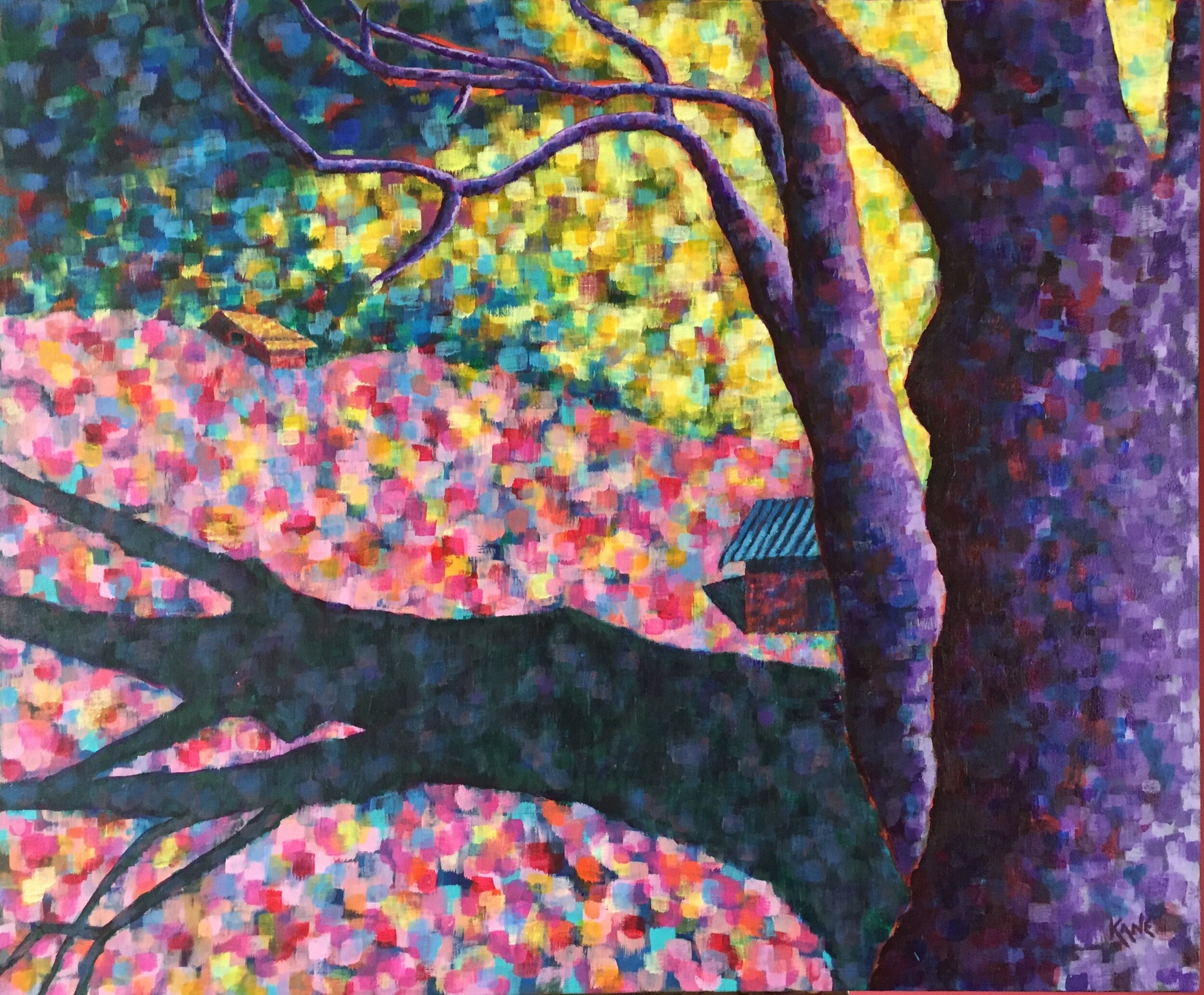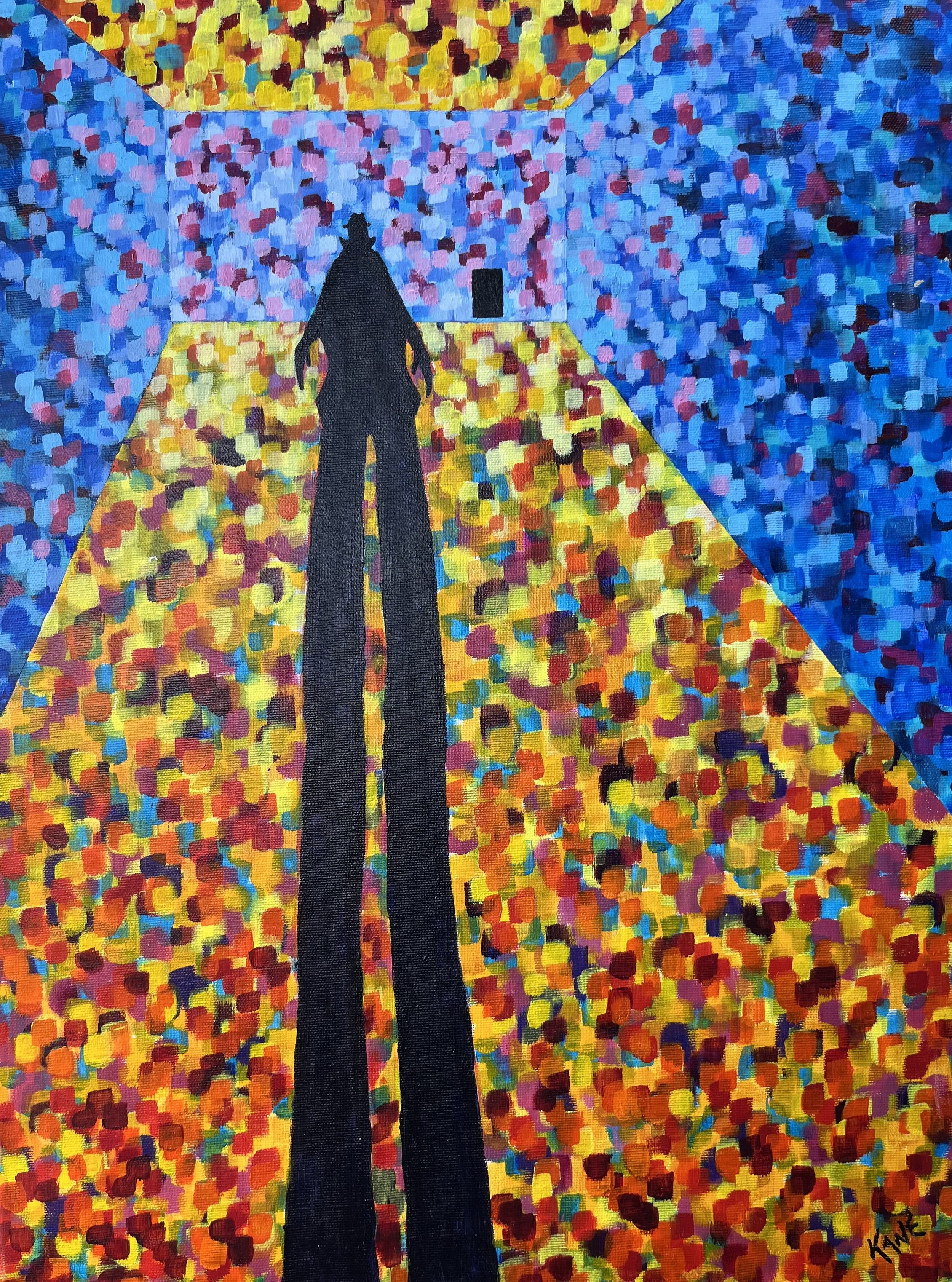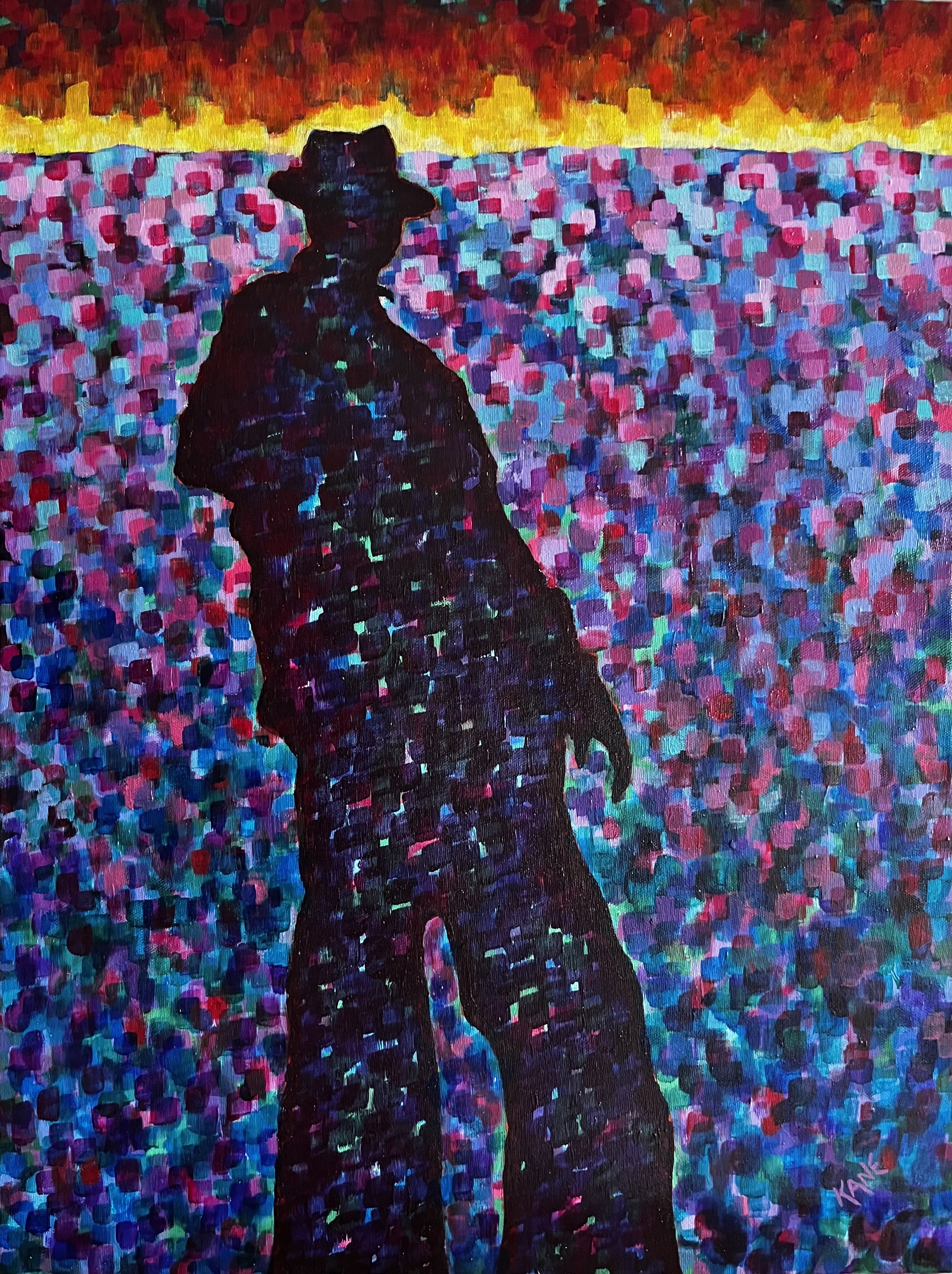Tom Kane
Born the middle child of eleven in Brooklyn, Tom first recognized at age 7 his ability to draw (and how he could get out of house work).
At age 17, he enrolled as a graphic design student at The School of Visual Arts in New York. While attending school at night, he began a career in advertising, toiling in The Basford Agency mailroom during the day. He eventually worked his way up to become a layout artist.
After completing art school, he realized a career in fine art was too lonely a pursuit and enrolled at Iona College to complete his formal education with a BA in English Literature. He spent the first year after graduation traveling the world. Upon returning to the US, he decided to combine his interest in both pictures and words by creating a career in the film industry. And where he could also meet girls.
Thirty-seven years and forty two films later, Tom has returned to painting and lives with his wife in Portland, Oregon. Once responsible for motivating and guiding large casts and crews as a film producer, he now happily works as a crew of one, no longer needing to have all the answers.
In his experience it is a whole lot harder to produce a painting than to produce a movie. With a bad movie there are 127 other people you can blame it on...
Light contains all the colors of the spectrum with one color always dominant. In our world we see green when green dominates, allowing all the other colors to recede.
I choose to exchange the dominant with a recessive, hence the tree becomes purple and the lioness becomes pink. I want the viewer to expand the world they know and abandon their comfort.
Broaden what is accepted.
Let in the new.
Shadow paintings
We present ourselves to the world as we would like that world to perceive us.
The clothes we wear, the colors we choose, the hairstyle (or lack of) we fashion.
Stripped of these choices, what is left is our shadow.
No distractions, only our silhouette imprinted on that world.
More bare, more honest, more true.
“Realism is painting what you see. Abstract is interpreting what you see. I bridge the two.”
“I don’t paint the thing. I paint the thing behind the thing.”
“Don’t let reality in.”
“Painting: planned disappointment.”
“The color conflicts with what you know, but you know it’s a bloody tree.”
“The color you lay down doesn’t matter. The color you lay next to it does matter.”
“Interpret, not replicate.”
“Have something to say, then say it.”
“Avoid paint mud.”






